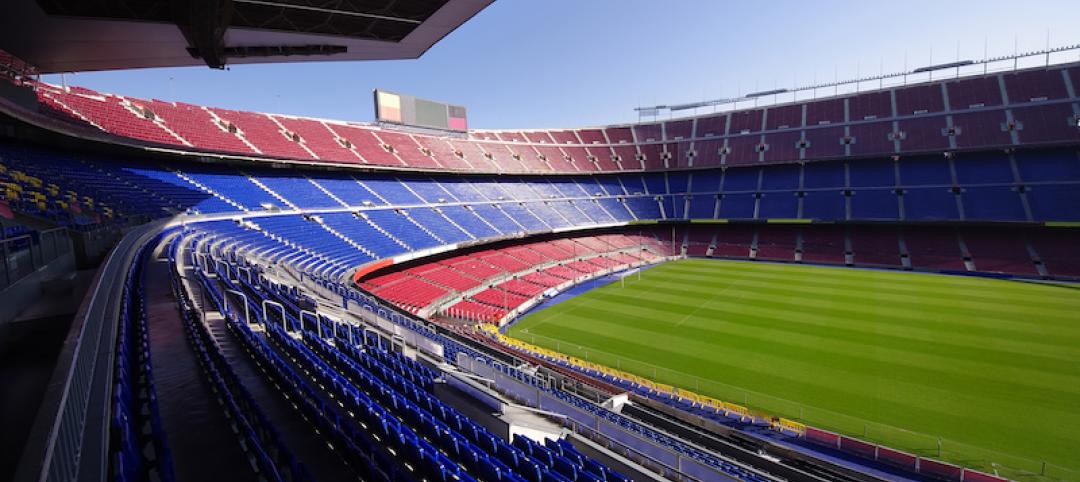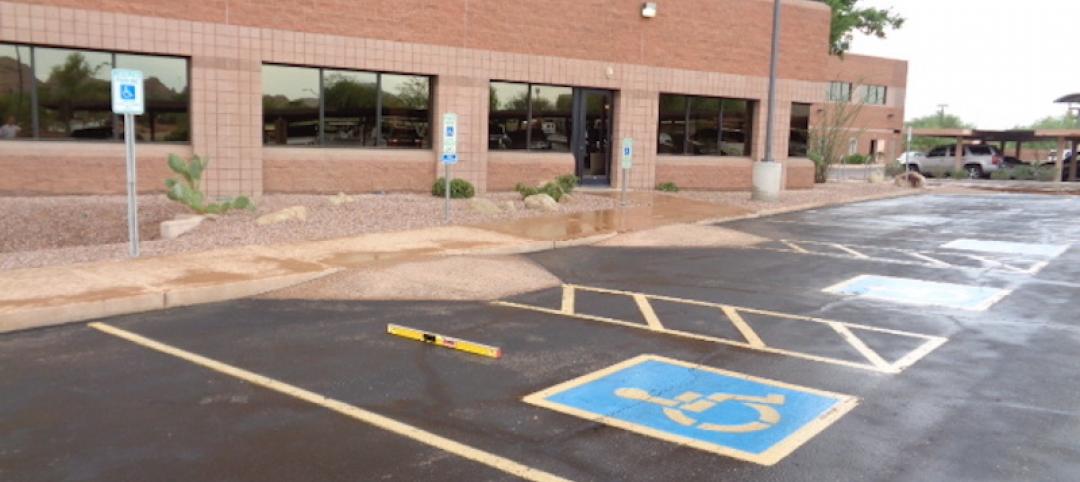When it comes to environmental issues, the AEC community plays a central and ever-changing role. Whether it’s through voluntary or regulated compliance, we are tasked with implementing new ideas that have been designed to counter a century of damaging ecological effects. A clear understanding of these technologies has important implications for the built and the natural environments—and, of course, the construction budget, as well.
In the course of providing cost estimating services, educating the client on making prudent choices is a high priority for Rider Levett Bucknall. While our primary responsibility focuses on saving money, we can simultaneously work to help save the planet, too. Fortunately, these two concerns increasingly overlap through the development of innovative, energy-harvesting products and applications; as a result, there’s a growing awareness that incorporating MEP costing into the design process is of tremendous value to all parties.
An accurate MEP costing is a critical component to construction procurement, supply chain, design, and operational facility management. Informed estimating of MEP systems brings to the forefront the many ways that that energy harvesting products can have a significant effect on a project’s short- and long-term efficiencies. Among them:
- Using alternate power sources to promote energy conservation
- Enhancing energy efficiency to lower utility costs
- Reducing maintenance and repair expenses through strategic materials and systems specifications
- Employing operational commissioning programs to track and document the performance of facility systems
It’s notable that energy-centric improvements have nearly universal application potential. Energy-conscious materials and systems can be utilized in both new construction as well as existing structures. Virtually every building type—residential/multi-family, commercial, hospitality, industrial/manufacturing, sports venues, and more—can benefit from energy-harvesting strategies. Facilities that are operational round-the-clock, like airports and healthcare facilities, frequently stand to gain the most in efficiency and savings by including energy-harvesting features.
Much of the cost savings stems from industry-sponsored rebates that help customers pay for the initial investment in equipment; every state maintains a list of these incentives. Then there’s calculating the long-term payback—a key part of the MEP costing process.
Below are some of the new renewable-energy technologies and products we have identified through our cost estimating as real game-changers. While some are still in development, others are already on the market, making a positive difference.
BUILDING MATERIALS
High Density Solar Panels. These parallel-connected cells produce reliable power, reducing power loss and increasing efficiencies.
Kinetic Floor Panels. Suitable for high foot-traffic areas, piezoelectric panels generate electricity using rotary motion generated from pedestrian weight-displacement.
Solar Roofing. For commercial use, solar cells are integrated into textured glass tiles with interconnections for generating power, usage, and storage. A shingle-based design is available for residential applications.
Solar Windows. Glazing coated with thin, transparent solar cells is capable of producing electricity in the sun or shade.
INFRASTRUCTURE APPLICATIONS
Solar Roads. A modular system of panels fitted with glass microprocessors captures solar energy that can be used to illuminate integral road markings and activate heating elements that keep snow and ice from accumulating.
Kinetic Energy Speed Bumps. Cars traveling at 5mph over these high-tech traffic controls generate kinetic energy that can be converted to an estimated 2000 watts of electricity per vehicle.
ENERGY GENERATION
Tidal Energy. Suitable for coastal locations, underwater turbines are placed in areas with high tidal movements, and are designed to capture the kinetic motion of the ebb and flow of breaking waves to produce electricity.
Kinetic Water Flow. Utilizing gravitational flow from rivers, canals, dams, and streams, stored energy can be converted into kinetic energy as the water flows through a large outlet and activates a turbine.
Earth Movement. Harnessing motion from earthquakes or shifting tectonic plates can capture energy to produce emergency electric power and lighting.
Human-Based Power Generators. Hooking up tread mills and stationary bikes in health clubs and gyms can help power facility lighting and services. Similarly, dance studios and clubs can utilize kinetic flooring.
Roof-Mounted Vertical Wind Turbines. These cost-efficient turbines operate 24/7/365 and with 360º input.
With engineers, architects, and owners continuing to commit to intelligent, proactive energy planning, conducting independent MEP costing campaigns plays a vital part of the process, quantifying sustainability in both dollars and in sense.
More from Author
Rider Levett Bucknall | Aug 14, 2023
Fast-tracking construction projects offers both risk and reward
Understanding both the rewards and risk of fast-tracking a project can help owners, architects, engineers, and contractors maximize the benefits of this strategy and can bring great reward on all fronts when managed properly.
Rider Levett Bucknall | May 31, 2022
Checking out: Tips for converting hotels to housing
Many building owners are considering repositioning their hotels into another property type, such as senior living communities and rental apartments. Here's advice for getting started.
Rider Levett Bucknall | Feb 14, 2022
How building owners and developers can get ahead of the next supply chain disaster
Global supply chain interruptions that started at the very beginning of the pandemic are still with us and compounding every step of the way. Below are a few proven tips on how to avert some of the costly fallout should we be faced with similar commercial disasters at any time in the future.
Rider Levett Bucknall | Jul 24, 2019
Design goooals for football stadiums: Lessons from the U.K. and the U.S.
Both professional soccer and football have vigorously pursued targeted global growth.
Rider Levett Bucknall | Apr 30, 2018
Following—and forecasting—the money: Financial modeling for project managers
To wait until there’s a problem affecting design and construction before consulting with a PM wastes valuable time when a project is at its most vulnerable point.
Rider Levett Bucknall | Sep 6, 2017
Following the money: G702 progress payment certifications
There is no single method of calculating progress payments, but the most common formula is the percentage of completion applied to the total contract price, less a retainage which is held by the owner until final acceptance of the project.
Rider Levett Bucknall | May 3, 2017
Avoiding trouble in paradise: Tips on building successfully in the Caribbean
The island setting itself is at the root of several of these disruptive assumptions.
Rider Levett Bucknall | Feb 8, 2017
Don’t leave your office or business vulnerable to drive-by lawsuits
Across numerous states, unscrupulous attorneys are filing hundreds of “drive-by” lawsuits that are founded on noncompliance with ADA regulations against businesses that often have no idea they have done anything wrong.
Rider Levett Bucknall | Nov 10, 2016
Prescription for success: Managing technology in the design of healthcare facilities
While the benefits of intelligently deployed technology are abundantly clear to both designers and healthcare end-users, it’s no simple task to manage the integration of technology into a building program.
Rider Levett Bucknall | Aug 29, 2016
Home maintenance 101: How uninformed homeowners can cause developers big headaches, and what to do about it
By taking a proactive stance, the home-building industry can both educate the public about the importance of home maintenance and raise awareness within the construction community about protecting their professional rights and reputations.















